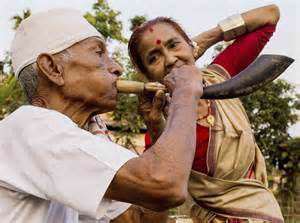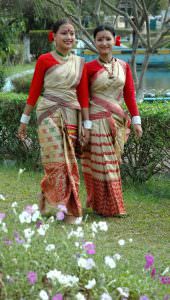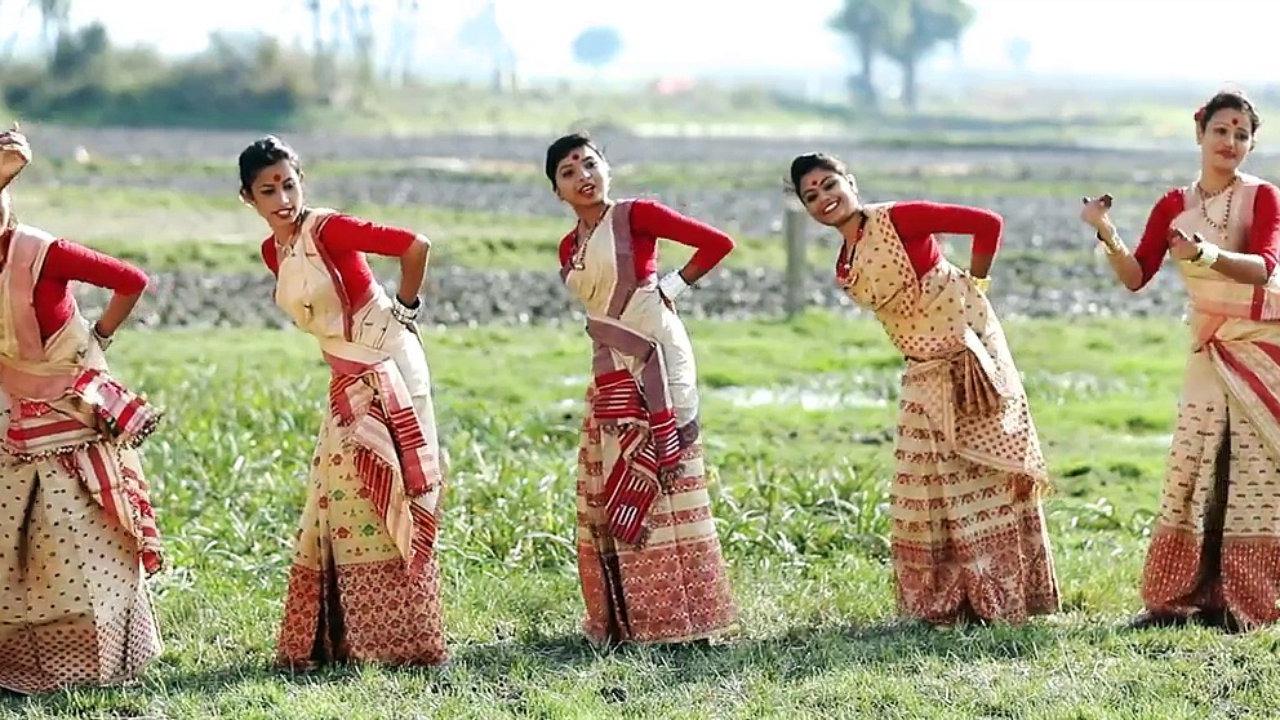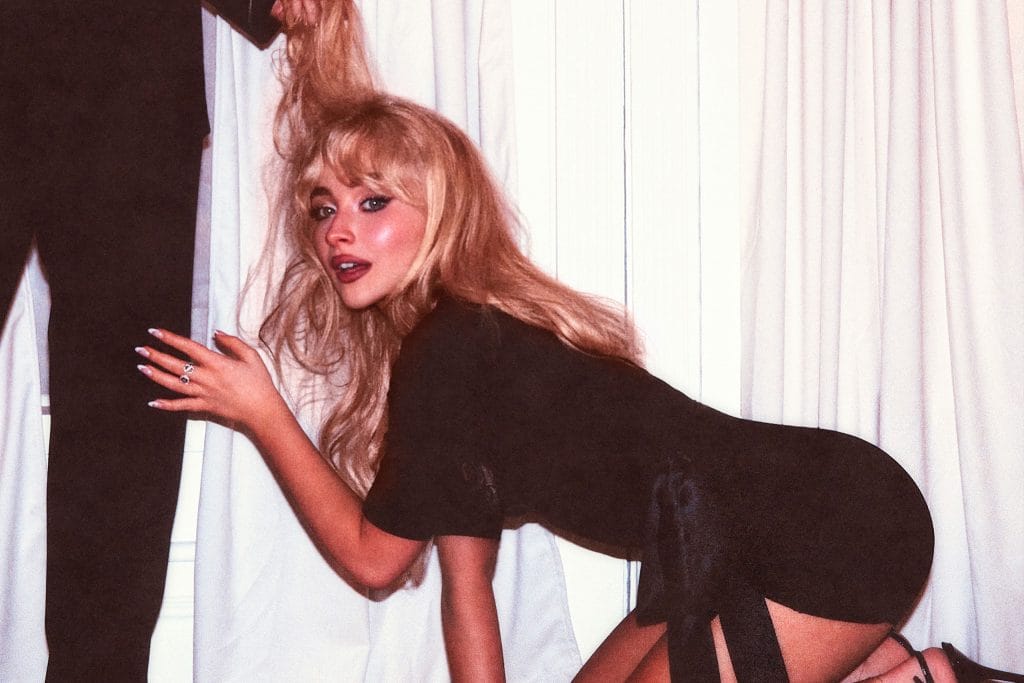Bihu has always been an auspicious festival of Assam. Bihu is associated with celebration of love and nature. Quite similarly, the Bihu songs too reflect the same essence. Being from Assam, I remember times when we danced on Bihu songs during Rongali Bihu (mid-April). At that point it was more about depicting relationships of love welcoming spring. But now with time, I can see a stark change in the nature of the songs. Bihu songs are undergoing a great evolution. They are losing their old world essence and now misogyny and objectification of women are quite visible in them.
I remember at the turn of the millennium, Bihu songs suddenly changed their course. With the entry of songs like Boroline-Aspoline erili (You left Boroline-Aspoline) or Baati bhorai sira khabi, misogyny and the objectification of women made an entry. If we look at the lyrics from the popular mainstream Bihu song “Baati bhorai sira khabi”, “Oi suwali anibi kokai, topina dangor sai. Tehe besidin jai oi, tehe besidin jai…” (Brother, get a girl with big butt, then it will last longer), it is very clear.
The objectification of women is quite evident. But this song was just the beginning of a long line of songs which reflected misogyny and the sexual objectification of women. Since the last few years we have had innumerable such Bihu songs. Songs like Lakhimai (2015), ‘Pedal mari mari’, ‘Bilahi bukut pokise’ (Your breasts are like ripe tomatoes) make me cringe with disgust.
https://www.youtube.com/watch?v=Qh51HgjDUe8
The lyrics of Bihu songs nowadays make me cringe with disgust!
The lyrics of Bihu songs used to make the audience feel joyful. But nowadays the lyrics of the songs are a threat to female audiences. Songs which originally were sung to celebrate Spring, are now used by young men on the road to verbally harass women. Lyrics of Bihu songs are now turning out to be a weapon of sexual assault used by men towards women. Even the videos of the Bihu songs have transformed completely. They actually glorify sexual harassment in different ways by portraying the subordination of women, stalking, slut shaming, cat calling and so on.

A Elderly couple celebrating Bihu
The story doesn’t end here. There’s much more to it. If we go back and watch older Bihu videos, we find women from all age groups and physical features being portrayed as a Bihu Nasani (dancer). Bihu is mostly about singing, dancing and merry-making. But this generation’s Bihu Nasanis are fair skinned, have an hour-glass figure and a beautiful smile. Thus, the present Nasanis are a symbol of the beauty standards that are being set in society. Women now have to aspire to fulfil these structures so as to “belong” to the social group.
Songs which were originally sung in the spirit of celebration, are now used by young men on the road to verbally harass women.
The attire of the Bihu nasani has changed drastically. Traditionally, it was the conventional attire (Muga Mekhela Sador, a traditional Assamese dress with red full sleeve blouse), but now the attire has changed completely. In popular culture, the Bihu nasanis are shown with a low-cut back and deep cleavage only for the male gaze. Now there are no problems with people wearing such clothing, but the songs use these forms of clothing to mainly sexualize women and flaunt them as a sexual object. The change in attire has led many Assamese people to believe that these songs are degrading their culture.
https://www.youtube.com/watch?v=N-rC0rzar64
Even the mekhela-sador which was originally made of Muga (a traditional silk of Assam) is not necessarily made of Muga nowadays. The handloom mekhela sador and the designer mekhela sador which are new entrants in the Bihu costumes, make the Assamese audience a little uncomfortable. The traditional minimal make up of kopou phool (orchids), red bindi and bun is also replaced by loud make up. Women now seem only to be a means to attract the male gaze and the media’s attention.

Young Women wearing the tradtitional Bihu costume
All these changes makes the viewers feel that consumerism has crept in to their society through women’s body and her attire. Bihu which is originally a harvest festival, commemorating Spring, is attached to the soul of the Assamese people. Changes in the traditional form of Bihu seem like changes which seem to affect the Assamese society as a whole, hence these changes are not taken lightly.
The video songs quite often make me think, “is the ultimate goal of women to be only someone’s wife?”
A characteristic plot which I have noticed while watching Bihu song videos was that the women in these songs are portrayed in a particular manner. The protagonist has to be young and from the rural areas, bound within the households, leaves the village with the ultimate dream of getting married to her lover and be a good wife to him. She is hardly seen as a woman who goes out for studies or is looking for a job. This imagery quite often raises confusion in my mind, “Are the songs only showing that women are meant to be within the household with the ultimate goal of being someone’s wife?”
Like other popular Bollywood songs, Bihu is also coming up with misogyny and the objectification of women. It feels like celebration has suddenly become an equipment of sexual harassment. Many of the audiences feel that Bihu, which was earlier meant for people from all the generations and backgrounds to enjoy, now is mostly limited for the younger generation. Hence, it is quite disheartening and acts as a culture shock for me, that Bihu songs which always meant beautiful music to dance on, is now creating a sense of disgust amongst the women of our society.
About the author(s)
Presently pursuing MA in Women's Studies and trying to explore the field of 'Gender and Media'. Strongly interested in writing since childhood.




